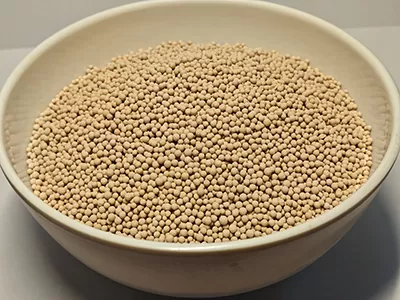molecular sieve is integral to catalytic cracking due to its ability to drive selective hydrocarbon conversion. Its uniform pore structure (5–10 angstroms) acts as a molecular filter, allowing only smaller hydrocarbons to enter and react, thus preventing excessive breakdown into low-value byproducts. This shape selectivity ensures prioritization of high-demand fuels like gasoline.

The aluminosilicate framework of molecular sieve contains acidic sites, created by aluminum ions, which initiate and accelerate carbon-carbon bond cleavage. This acid-catalyzed mechanism is far more efficient than traditional catalysts, boosting reaction rates while maintaining product purity—a critical factor in industrial-scale refining.
In reactor designs, the packing of molecular sieve ensures maximum contact with heavy feedstocks. Its thermal stability (up to 600°C) makes it resilient to the intense heat of cracking processes, outlasting less robust catalysts. Moreover, molecular sieve’s regenerability via coke removal extends its operational life, reducing replacement costs for refineries.
Compared to alternatives, molecular sieve offers unmatched control over product yields, focusing on light olefins and gasoline. This blend of selectivity, reactivity, and durability cements its status as a key catalyst in modern catalytic cracking.

